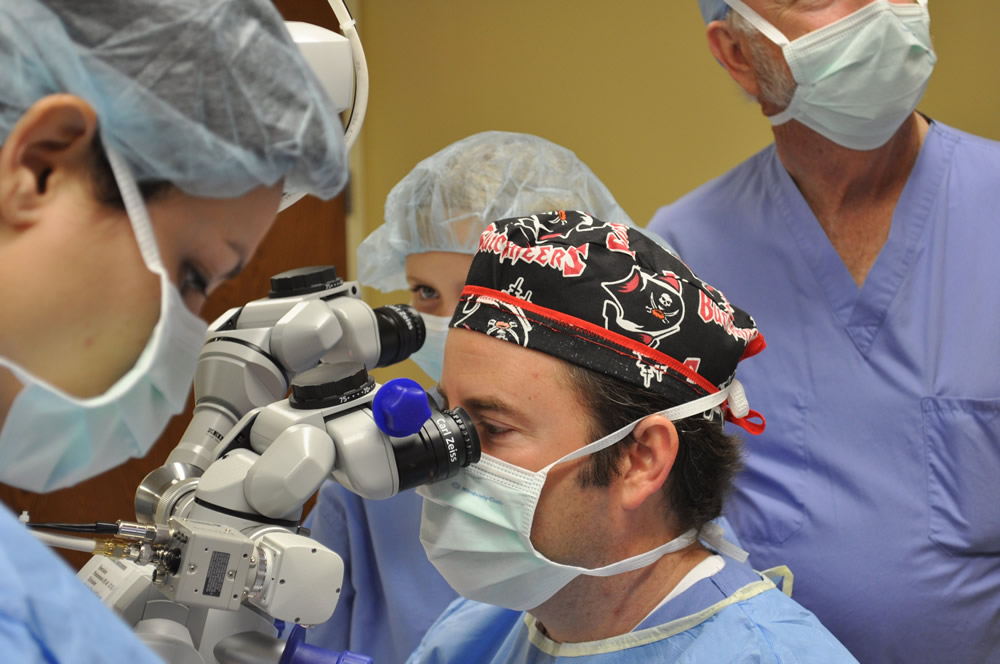Clearing The Way For Near-Perfect Vision
How Much Better Can Cataract
Surgery Get?
Developing technology helps surgeons meet the growing demand for near-perfect vision.
Cataract surgery used to be a straightforward procedure. In a matter of minutes, surgeons eliminated a patient’s blurred or clouded vision by replacing the eye’s natural lens with a standard IOL. Most patients were thrilled just to see clearly again.
That’s no longer the case. “Every patient now seems to know a friend or family member who has 20/20 vision after surgery without having to wear glasses,” says Ralph Chu, MD, the CEO of the Chu Vision Institute in Bloomington, Minn. “It’s become a big motivator for patients. They come into my clinic and say, ‘I want that, too.'”
Recent advances in extended depth of focus and trifocal IOLs, the interconnectivity of pre-op diagnostic devices with femtosecond laser platforms and new ways to administer intraocular medications that prevent post-op complications have ratcheted up the pressure on surgeons. They’re constantly striving for more exact refractive outcomes to satisfy patients who show up for surgery with clear expectations of how clearly they want to see afterward.
“Our techniques and technologies weren’t always good enough to stay ahead of the aging process and talk to patients about turning back the clock on vision quality,” says Dr. Chu. “We’re now getting to the point where we can start to have those conversations.”
Advances in ophthalmological technologies are making way for more exact post-op outcomes. Newsom Eye’s T. Hunter Newsom, M.D., has been at the forefront of RxSight’s Light Adjustable Lens FDA trials, with 80% of trial patients seeing 20/20 or clearer results. Read the full article in OutPatient Surgery Magazine’s April issue.


